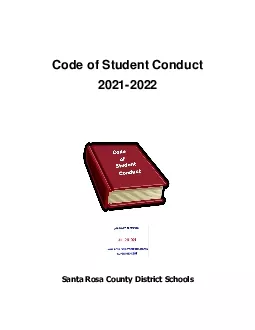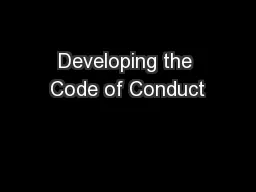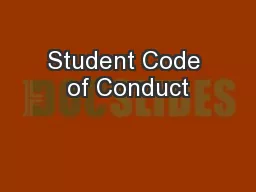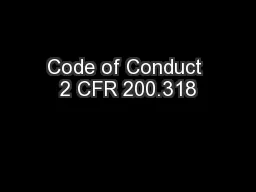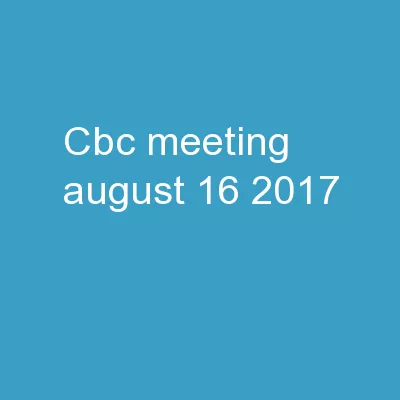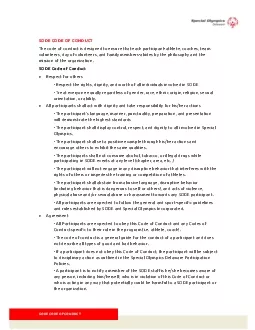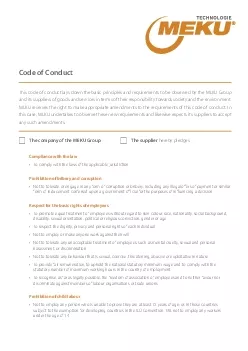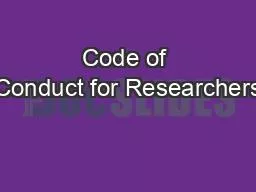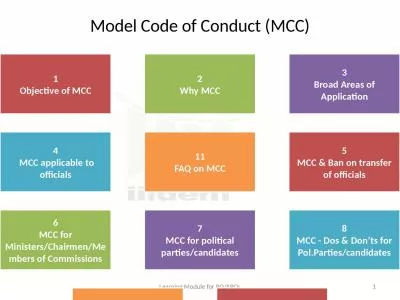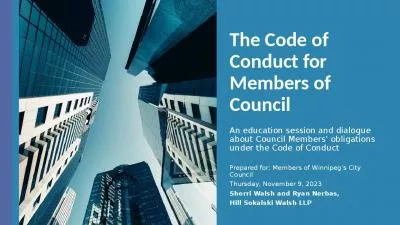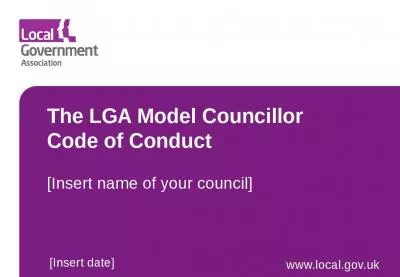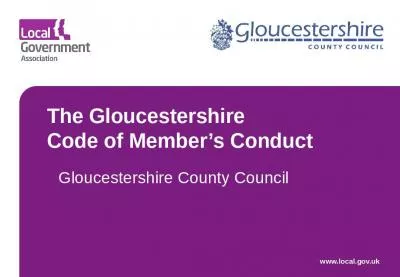PDF-Code of Student Conduct
Author : jalin | Published Date : 2021-08-25
20212022Santa Rosa County District Schools12Conduct PledgeI will be respectful at all times and obedient unless asked to do wrongI will not hurt another person with
Presentation Embed Code
Download Presentation
Download Presentation The PPT/PDF document "Code of Student Conduct" is the property of its rightful owner. Permission is granted to download and print the materials on this website for personal, non-commercial use only, and to display it on your personal computer provided you do not modify the materials and that you retain all copyright notices contained in the materials. By downloading content from our website, you accept the terms of this agreement.
Code of Student Conduct: Transcript
Download Rules Of Document
"Code of Student Conduct"The content belongs to its owner. You may download and print it for personal use, without modification, and keep all copyright notices. By downloading, you agree to these terms.
Related Documents

